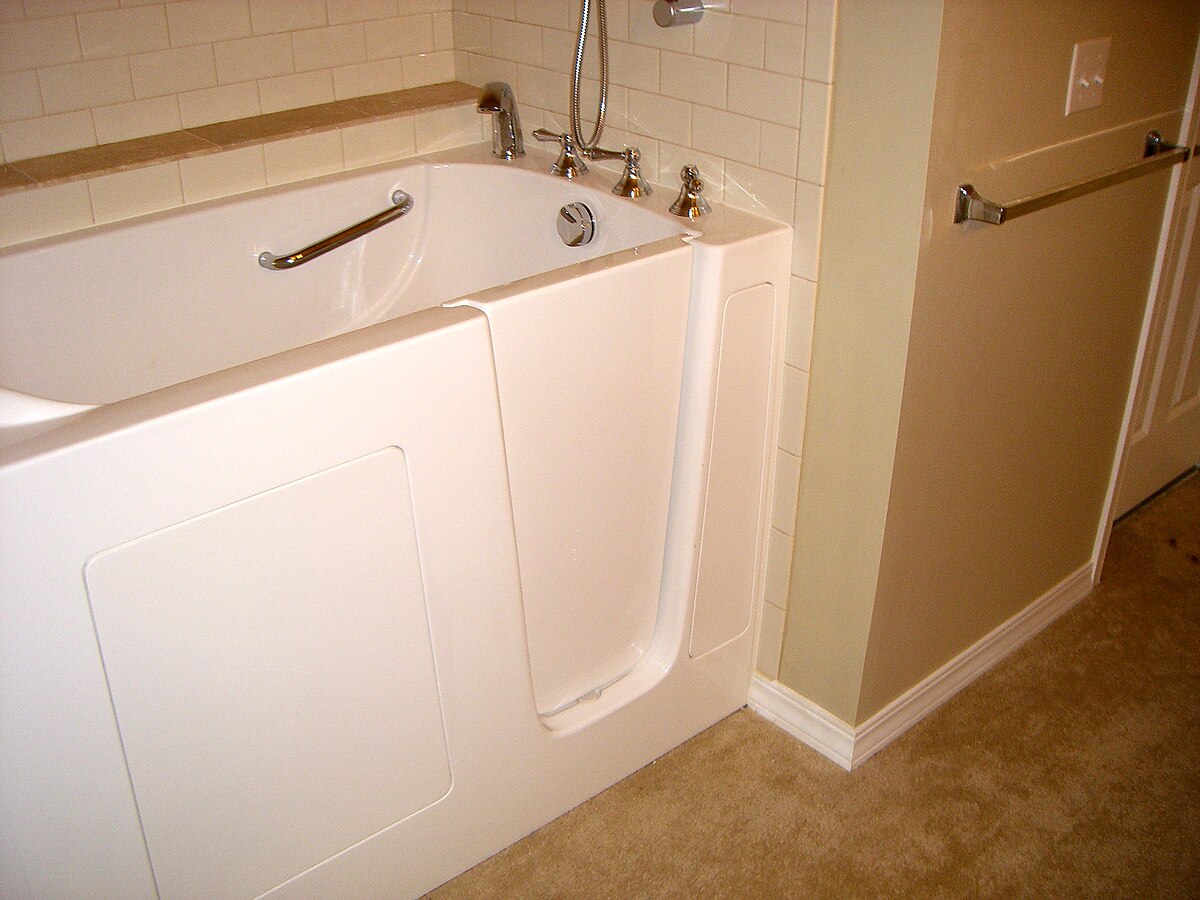Walk-In Showers: Enhancing Safety and Accessibility for All Ages
Walk-in showers have become increasingly popular in modern bathroom design, offering a blend of style, functionality, and safety. These innovative shower solutions are particularly beneficial for seniors and individuals with mobility challenges, but they also appeal to homeowners of all ages who appreciate their sleek appearance and ease of use. Let's explore the features, benefits, and considerations of walk-in showers to help you determine if they're the right choice for your bathroom renovation.
How do walk-in showers benefit seniors and those with mobility issues?
For elderly individuals or those with mobility challenges, walk-in showers offer several key advantages:
-
Improved safety: The low or zero-threshold entry significantly reduces the risk of trips and falls, which are common bathroom accidents among seniors.
-
Enhanced accessibility: The absence of a bathtub rim or high shower tray makes it easier for individuals using mobility aids like wheelchairs or walkers to enter and exit the shower.
-
Convenience: Many walk-in showers can be equipped with features like built-in seating, grab bars, and handheld showerheads, making the bathing process more comfortable and manageable for those with limited mobility.
-
Independence: The ease of use provided by walk-in showers can help seniors maintain their independence in personal care routines for longer.
What are the design options for walk-in showers?
Walk-in showers offer a wide range of design possibilities to suit various bathroom styles and sizes:
-
Doorless designs: These open-concept showers create a spacious feel and are ideal for larger bathrooms.
-
Glass enclosures: Clear or frosted glass panels can define the shower area while maintaining an open, airy look.
-
Wet room style: This design integrates the shower seamlessly into the bathroom, with the entire room waterproofed and the floor slightly sloped for drainage.
-
Tiled options: Walk-in showers can be customized with a variety of tile materials, colors, and patterns to match your bathroom’s aesthetic.
-
Curbless entry: A completely level entry can be achieved by recessing the shower floor or raising the bathroom floor to create a seamless transition.
Are walk-in showers suitable for all bathroom sizes?
While walk-in showers are often associated with spacious bathrooms, they can be adapted to fit various room sizes:
-
Small bathrooms: Compact walk-in shower designs can actually make a small bathroom feel larger by eliminating the visual bulk of a traditional shower enclosure or bathtub.
-
Medium-sized bathrooms: These spaces offer more flexibility in design, allowing for features like built-in benches or larger shower areas.
-
Large bathrooms: In spacious bathrooms, walk-in showers can become a stunning focal point, with options for multiple showerheads, steam features, or even dual entry points.
-
Customizable dimensions: Walk-in showers can be tailored to fit almost any available space, making them versatile for different bathroom layouts.
What are the maintenance requirements for walk-in showers?
Maintaining a walk-in shower is generally straightforward, but there are some considerations to keep in mind:
-
Regular cleaning: Like any shower, walk-in showers require regular cleaning to prevent soap scum and mineral buildup. The absence of shower curtains or extensive framing can make this process easier.
-
Proper waterproofing: Ensuring proper installation and waterproofing is crucial to prevent water damage to surrounding areas.
-
Glass maintenance: If your walk-in shower features glass panels, regular cleaning and occasional treatments can help maintain their clarity and prevent water spots.
-
Drain maintenance: Keeping the shower drain clear of hair and debris is important to ensure proper water drainage, especially in curbless designs.
-
Grout care: For tiled walk-in showers, periodic sealing of grout lines can help maintain their appearance and prevent water penetration.
What are the cost considerations for installing a walk-in shower?
The cost of installing a walk-in shower can vary widely depending on factors such as size, materials, features, and labor costs in your area. Here’s a general overview of cost ranges and options:
| Type of Walk-In Shower | Average Cost Range | Features |
|---|---|---|
| Basic Prefabricated Kit | $800 - $2,500 | Standard size, basic materials, DIY-friendly |
| Mid-Range Custom | $3,000 - $5,000 | Custom tiling, glass enclosure, standard fixtures |
| High-End Custom | $6,000 - $15,000+ | Large size, premium materials, custom features |
| Wet Room Conversion | $5,000 - $10,000+ | Full bathroom waterproofing, custom drainage |
Prices, rates, or cost estimates mentioned in this article are based on the latest available information but may change over time. Independent research is advised before making financial decisions.
When budgeting for a walk-in shower, consider additional costs such as plumbing modifications, waterproofing, and any necessary structural changes to your bathroom. While the initial investment may be higher than a traditional shower or tub, many homeowners find that the long-term benefits in terms of safety, accessibility, and potential increase in home value make it a worthwhile investment.
In conclusion, walk-in showers offer a versatile, safe, and stylish solution for bathrooms of all sizes. Whether you’re looking to age in place, increase your home’s accessibility, or simply enjoy a modern and spacious shower experience, a walk-in shower could be an excellent choice for your next bathroom renovation.







